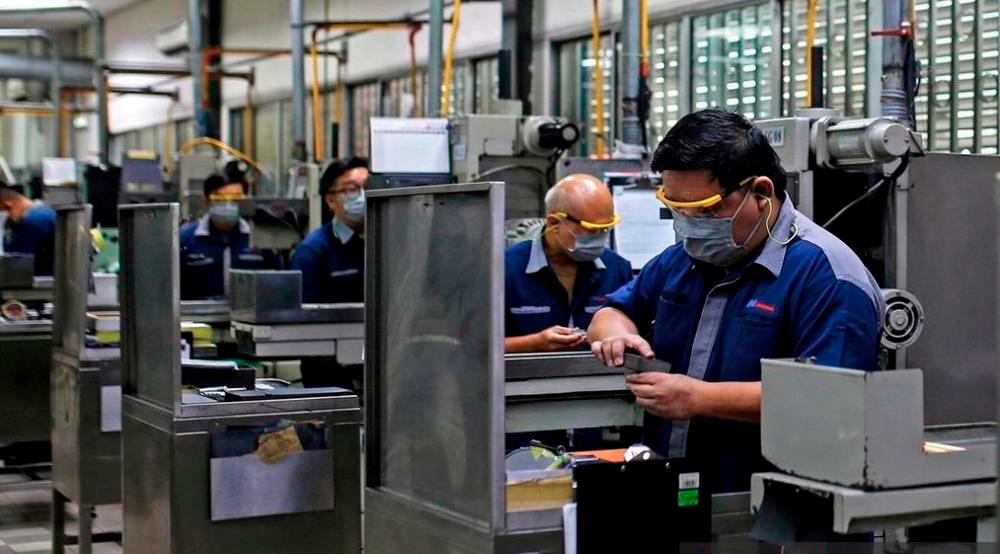HUSTLE culture, which prioritises constant busyness over actual productivity, has become a common measure of professional worth.
In Malaysia, employees work excessively hard without adequate time for rest and recovery, as highlighted by Remote’s study last year.
In the relentless chase for success, many fall prey to performative productivity, where long hours are worked not out of necessity but to project an image of dedication. This trend is evident across Asia, where staying late and being constantly available are seen as signs of commitment.
Recent findings from Slack’s State of Work report reveal that Singapore and Japan, known for their intense work cultures, have seen increased instances of employees merely appearing busy – a clear sign of hustle culture’s pervasive influence.
This focus on appearance rather than substance has serious drawbacks. I have seen firsthand how this mentality can be detrimental to employees and the organisation.
Our company faced an increasing staff turnover rate and declining share price during our initial stages. That was when I decided to shift my focus to enhancing teamwork and collaboration in our culture.
The roots of hustle culture run deep in many countries, including Malaysia and Japan. This is largely due to the cultural norm rooted in Confucian values. These values emphasise hard work and dedication, which suggest a willingness to put in long hours.
In many Asian hierarchical environments, working late is often seen as a sign of respect and strong work ethic, with employees staying at the office even after their tasks are completed. This contrasts with European work norms, where it is typically expected that the manager, bearing the highest level of responsibility, will be the one to stay late.
This sets up a problematic cycle where employees end up engaging in “busy work” – repeatedly checking tasks or scheduling unnecessary preparation meetings. Instead of concentrating on what truly matters, they become mired in activities that offer little real progress. When the goal becomes simply to look busy rather than to achieve meaningful results, it can lead to chronic stress and burnout.
The best way to counter this perception is to set clear boundaries and expectations in the workplace. This does not mean we completely abandon respect and hierarchy, which are still key values in Asian workplace culture. It only means we should redefine what they entail.
Respect should come from open communication and autonomy for all team members, regardless of their roles and levels.
One of the pivotal changes that I introduced was taking paternity leave – three times – a decision that was quite unconventional in the Japanese work culture. Instead of measuring success by the number of hours employees spend in the office, we began to focus on teamwork, autonomy and tangible results. This shift has had remarkable outcomes: Our sales reached record highs, and the turnover rate dropped below 5% as of the end of 2023 – a rare feat in the IT sector.
Another important aspect to ensure genuine productivity is technology. When used wisely, it can be a game-changer for work-life balance. It streamlines processes and provides immediate access to information. On the flip side, its convenience and accessibility can also mean that employees find it harder to switch off.
Too much tech use can backfire but choosing the right technology and the right way to leverage it can offer greater flexibility, trust and productivity.
No-code platforms, for example, allow employees without technical expertise to create their digital solutions, automate repetitive tasks and improve communication with colleagues. This kind of autonomy helps cut through the red tape and smooth out bottlenecks.
By making key information readily available, these tools enable employees to handle their tasks more independently and efficiently. Organisations that hand the reins to their employees in this way can help them juggle their responsibilities with greater ease and strike a better work-life balance.
Today, employees increasingly value results over the traditional measure of always being available, a trend that is particularly pronounced among younger workers. This shift raises an important question: How can employers design strategies that reward performance based on outcomes?
There is no one-size-fits-all approach to managing a workforce, but employers can start by developing best practices that enhance efficiency and employee satisfaction.
One effective strategy for managers is to collaborate with their team to set appropriate goals that suit each individual, allowing them to think and act with greater autonomy. These metrics should be tailored to each department or sector and focus on the quality of work output rather than mere activity.
Give employees the freedom to choose how they can achieve their best work. By allowing them to select their own schedules, work environments and customise their digital tools, managers can foster a more motivated and productive workforce.
Evaluating employees based on their results rather than their methods can lead to better outcomes.
Yoshihisa Aono is the CEO of Cybozu, a software company that provides web-based groupware services. Comments: letters@thesundaily.com









